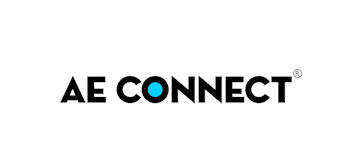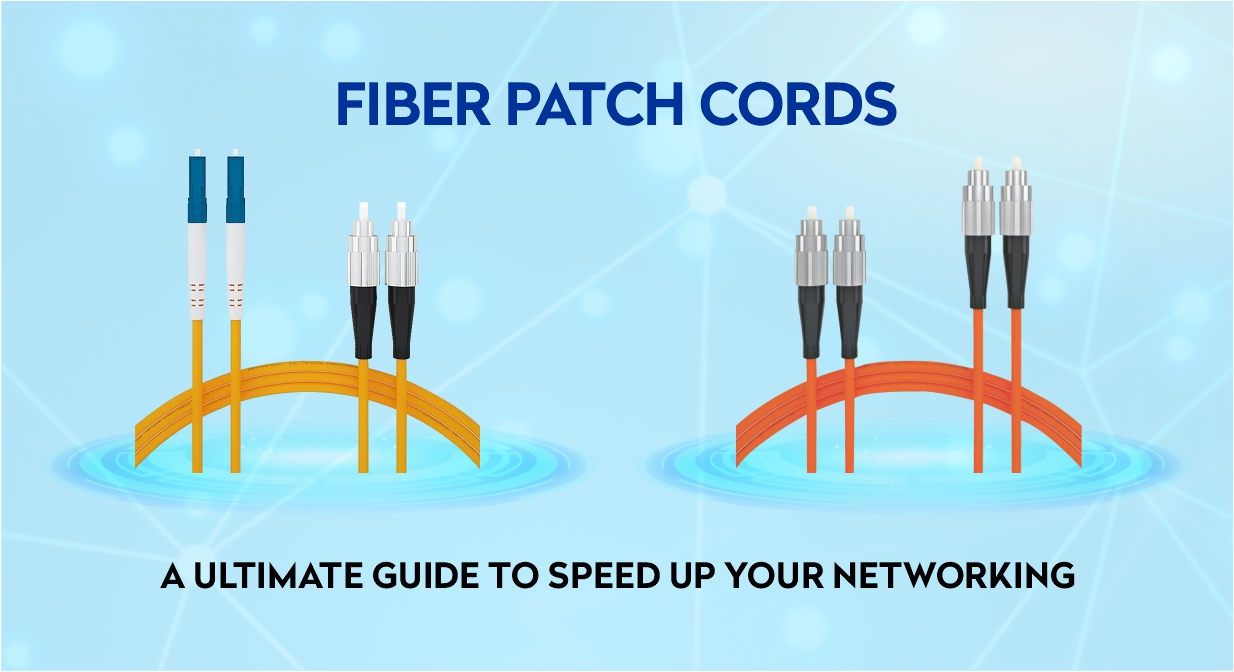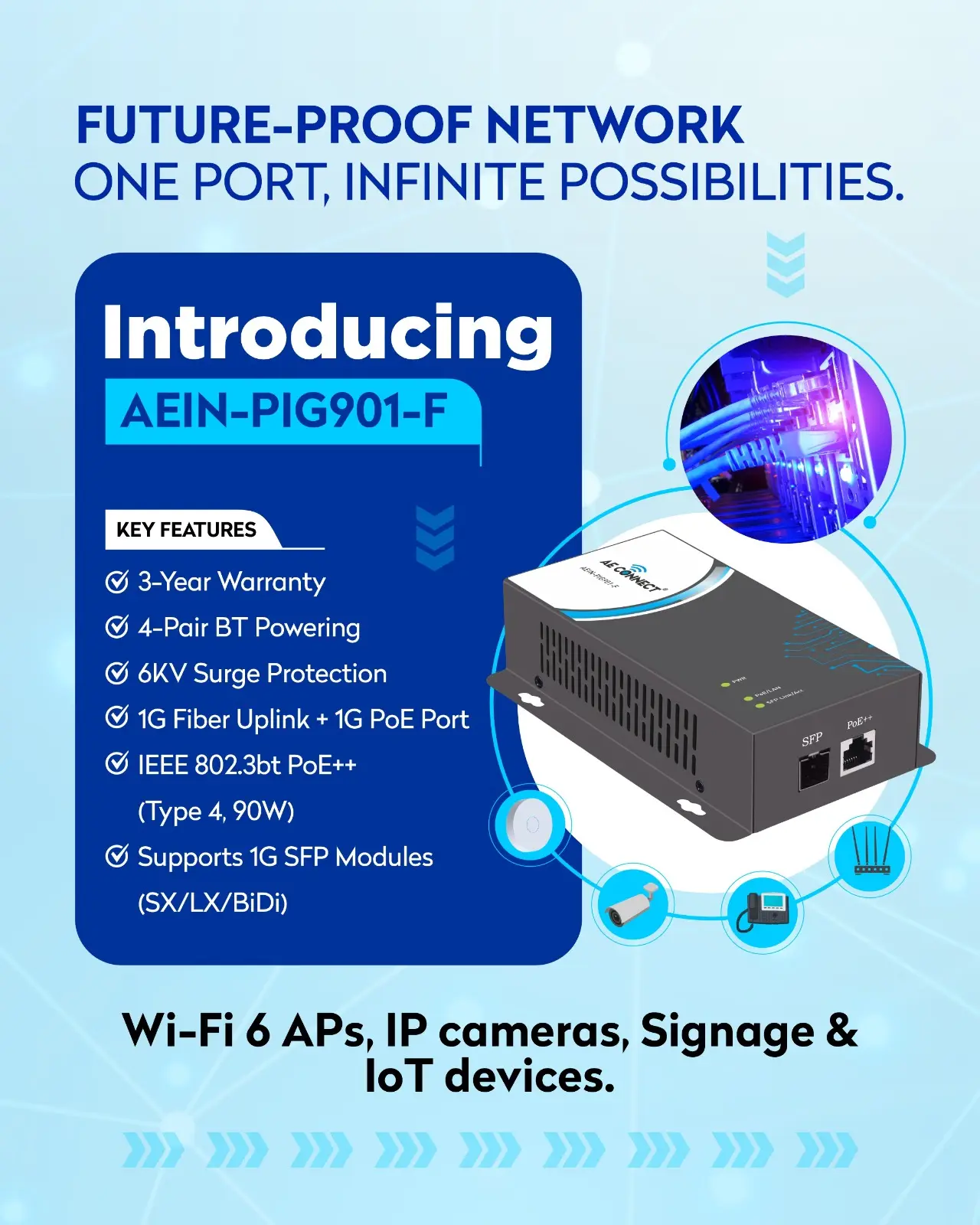In our interconnected world, speed is the silent dictator, and reliability is the non-negotiable contract. Every digital interaction, from streaming a 4K video to accessing high-demand cloud services is built upon a foundational layer of physical infrastructure. At the heart of this infrastructure, where data transmission shifts from electrical pulse to pure light, you find the fiber patch cord.
Networking itself is a complex ecosystem, requiring the best-in-class components to thrive. We understand that finding reliable, high-performance elements can be confusing. That’s why, at AE Connect, we specialize in providing the crucial link in your optical chain.
What Are Fiber Patch Cords?
Fiber patch cords, often called fiber jumpers or optical patch cables, are simple yet indispensable components. They are lengths of optical fiber terminated with connectors on both ends. Their job is to connect two optical devices, like switches, routers, or optical transceivers that communicate using light signals.
These essential cables come in a variety of types (single-mode and multi-mode), channels (simplex and duplex), and connector styles (common ones include LC, SC, FC, and ST) to suit diverse deployment scenarios in data centers, telecommunications, and high-speed enterprise networks. Without quality fiber optic patch cables, high-speed, long-distance communication is fundamentally impossible.
How the Light Moves: The Science of Optical Jumpers
A fiber patch cord is engineered to perform a single, perfect action: transmit light signals without loss. This is achieved through the physical structure of the optical fiber itself, which consists of a transparent core surrounded by a cladding layer.
The transmission relies on the principle of Total Internal Reflection. The core material has a higher refractive index than the cladding. When a light signal enters the core, it continuously bounces off the boundary between the core and the cladding, effectively trapping the light and guiding it along the entire length of the cable until it reaches the receiving device.
The precision of the connectors is critical to this process. Whether ceramic, metal, or plastic, the connectors (like those on an AE Connect patch cord) use a high-precision alignment mechanism to ensure the fiber cores meet perfectly. This alignment is what minimizes signal loss, ensuring the light pulse is detected cleanly by the photodetector at the receiving end, which then converts it back into a usable electrical signal.
Choosing the Right Fiber Cable for Your Network
Selecting the correct fiber patch cords is paramount to your network’s performance and longevity. Consider these core factors before deployment:
- Connector Type: Match the connector on the patch cord (e.g., LC, SC, ST) to the ports on your equipment (switches, transceivers). Mixed environments require hybrid patch cables (e.g., SC to LC).
- Fiber Type: Choose between Single-Mode (small core, used for long-distance, high-bandwidth transmission) or Multi-Mode (larger core, used for shorter distances within a campus or data center). Compatibility with your existing network fiber is mandatory.
- Cord Length: Select a length appropriate for the distance between devices. Excess slack increases management complexity; a cord that is too short puts physical stress on the fiber.
- Jacket Material (LSZH): The material surrounding the fiber dictates its durability and safety rating.
Essential Use Cases for Fiber Patch Cords
The demand for fiber jumpers extends across nearly every sector that relies on data:
| Sector | Application |
| Data Centers | High-speed, high-density connections between servers, switches, and storage arrays (SANs). |
| Telecommunication Networks | Long-haul and metropolitan area network connections, supporting broadband and voice signals. |
| Local Area Networks (LANs) | Connecting high-performance workstations and backbone switches in large enterprises and educational institutions. |
| Industrial Automation | Connecting PLCs, cameras, and sensors in environments requiring immunity to electromagnetic interference (EMI). |
| Medical Equipment | Transmitting high-quality images and video (e.g., endoscopes, medical lasers) over stable, secure links. |
The AE Connect Advantage: Quality Built for Tomorrow
At AE Connect, we specialize in manufacturing fiber patch cords that are designed to exceed industry standards, providing maximum reliability and durability. When you choose our products, you benefit from:
- Low Insertion Loss (Low IL): Our precision engineering ensures minimal signal loss as the light passes through the connector junction, preserving signal strength.
- High Return Loss (High RL): We minimize the amount of light reflected back into the network, ensuring clean signal transmission and superior performance.
- Maximum Durability: We utilize only high-quality components and ensure every fiber cable undergoes rigorous testing before shipment.
- LSZH (Low Smoke Zero Halogen) Option: Where fire safety and regulatory compliance are critical (e.g., public buildings, hospitals, data centers), our LSZH patch cords produce minimal smoke and no toxic halogens in the event of a fire, significantly improving safety and air quality.
Whether you are scaling a hyper-converged data center or optimizing an enterprise network backbone, AE Connect provides the quality, ease of installation, and exceptional customer support you need to achieve your networking goals.
Frequently Asked Questions (FAQ)
What is the difference between Single-Mode and Multi-Mode fiber patch cords?
Single-Mode (SMF) fiber patch cords use a small core diameter to transmit a single light ray, enabling data transfer over long distances (up to several miles) and supporting higher bandwidth. Multi-Mode (MMF) fiber patch cords use a larger core diameter to transmit multiple light rays, making them ideal for short distances (typically within a data center or building).
What does “LSZH” mean in relation to a fiber patch cord?
LSZH stands for Low Smoke Zero Halogen. It refers to the jacket material of the cable. LSZH cables do not release dangerous, corrosive gases or dense smoke when exposed to high heat or fire. This makes them the safer, mandatory choice for enclosed spaces, data centers, and public buildings.
Why use fiber optic patch cables instead of copper cables?
Fiber optic cables transmit data using light pulses, which allows for significantly faster speeds (higher bandwidth) and the ability to transfer data reliably over much longer distances compared to traditional copper cables. They are also immune to electromagnetic interference (EMI).
What are the most common fiber patch cord connector types?
The four most common connector types are:
- LC (Lucent Connector): Small form-factor, used for high-density applications.
- SC (Standard Connector): Snap-in connector, popular for general networking.
- FC (Ferrule Connector): Screw-on connection, common in vibration-prone environments.
- ST (Straight Tip): Bayonet-style connector, often used in older networks.
What is Insertion Loss and why is Low IL important?
Insertion Loss (IL) is the amount of signal power lost when a fiber patch cord is inserted into a connection. Low Insertion Loss (Low IL) is crucial because it means the light signal remains strong as it passes through the connector, ensuring data integrity and reliable network performance over the entire optical link.


